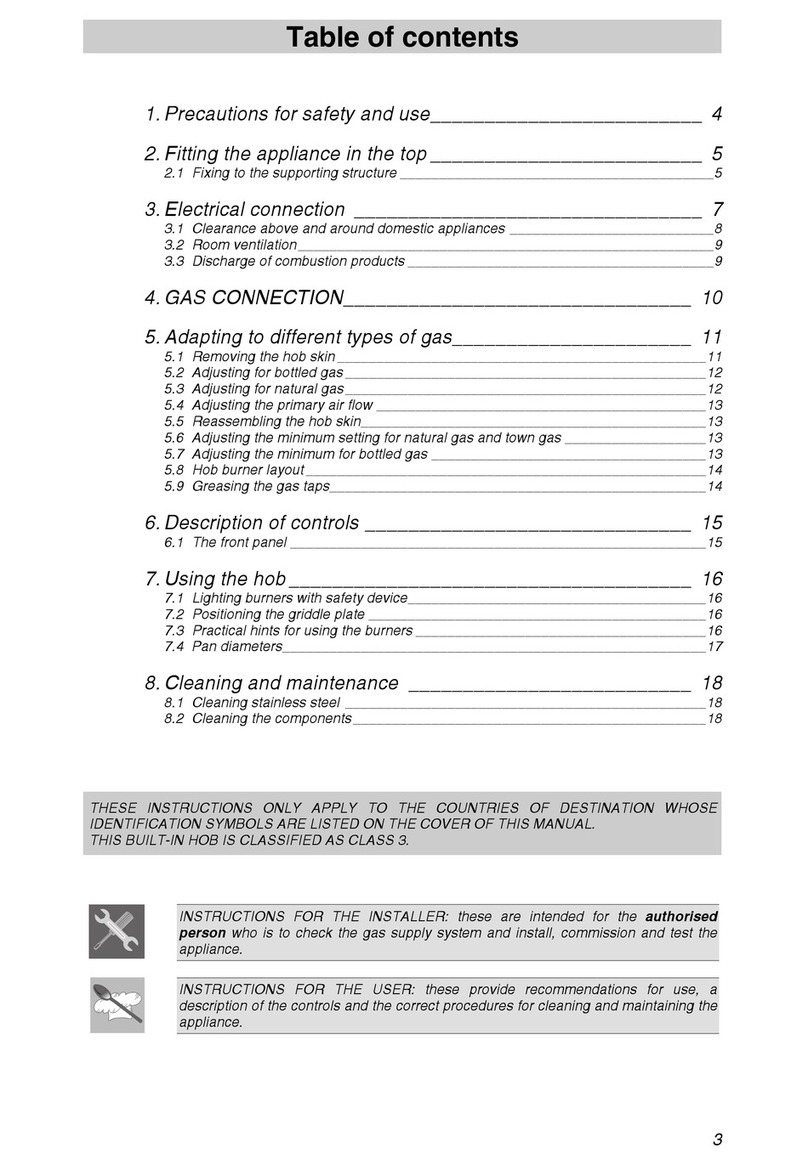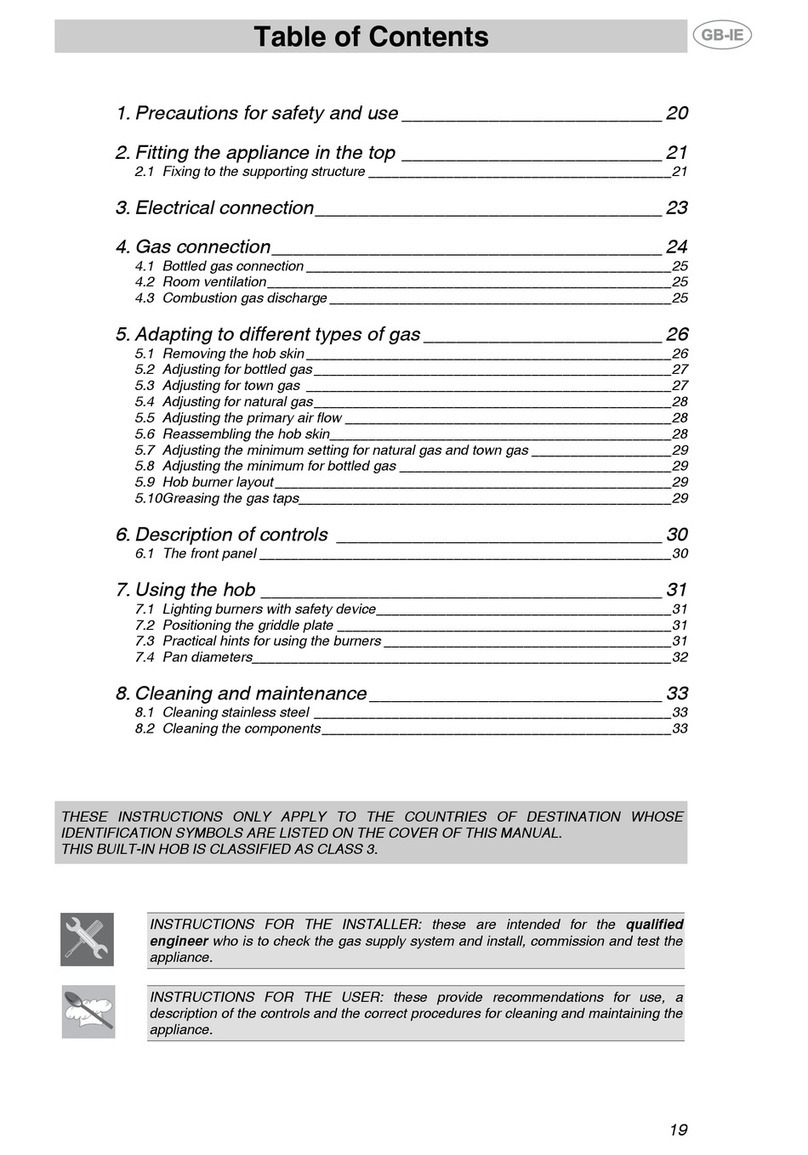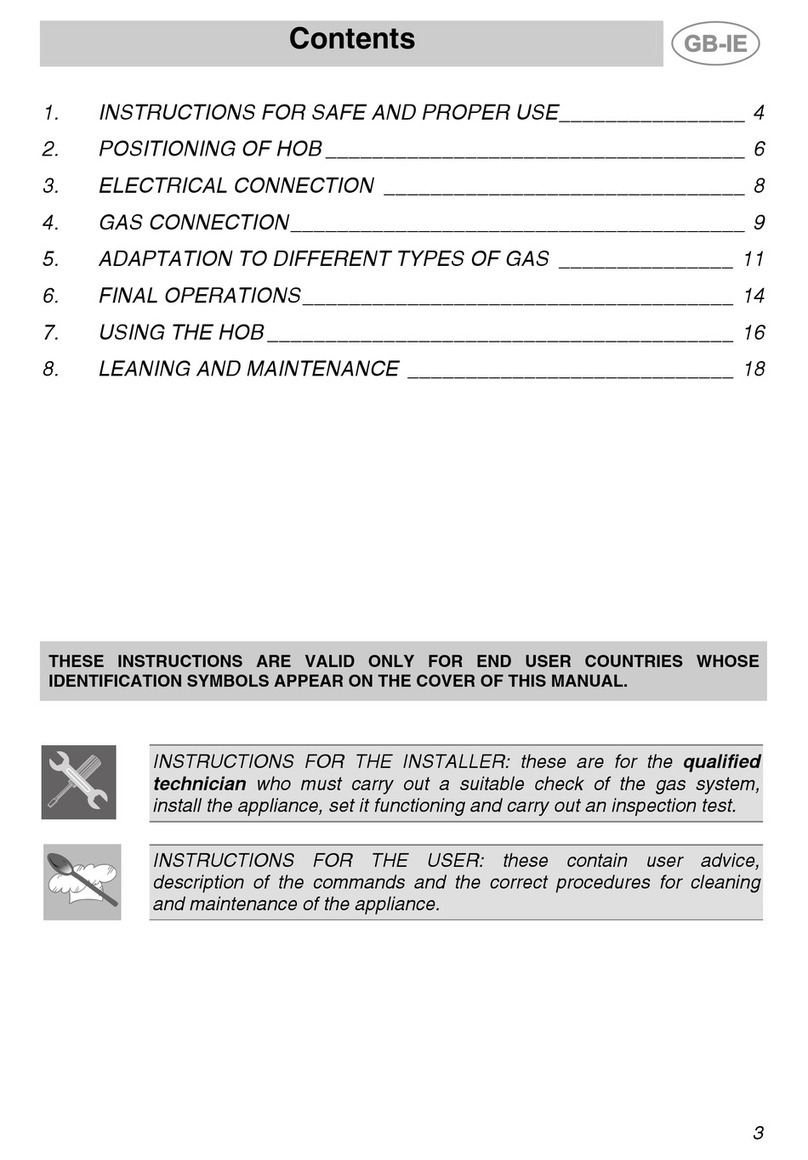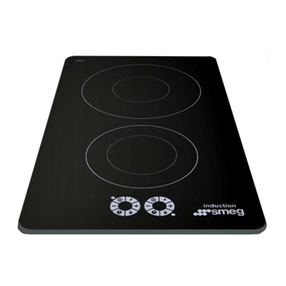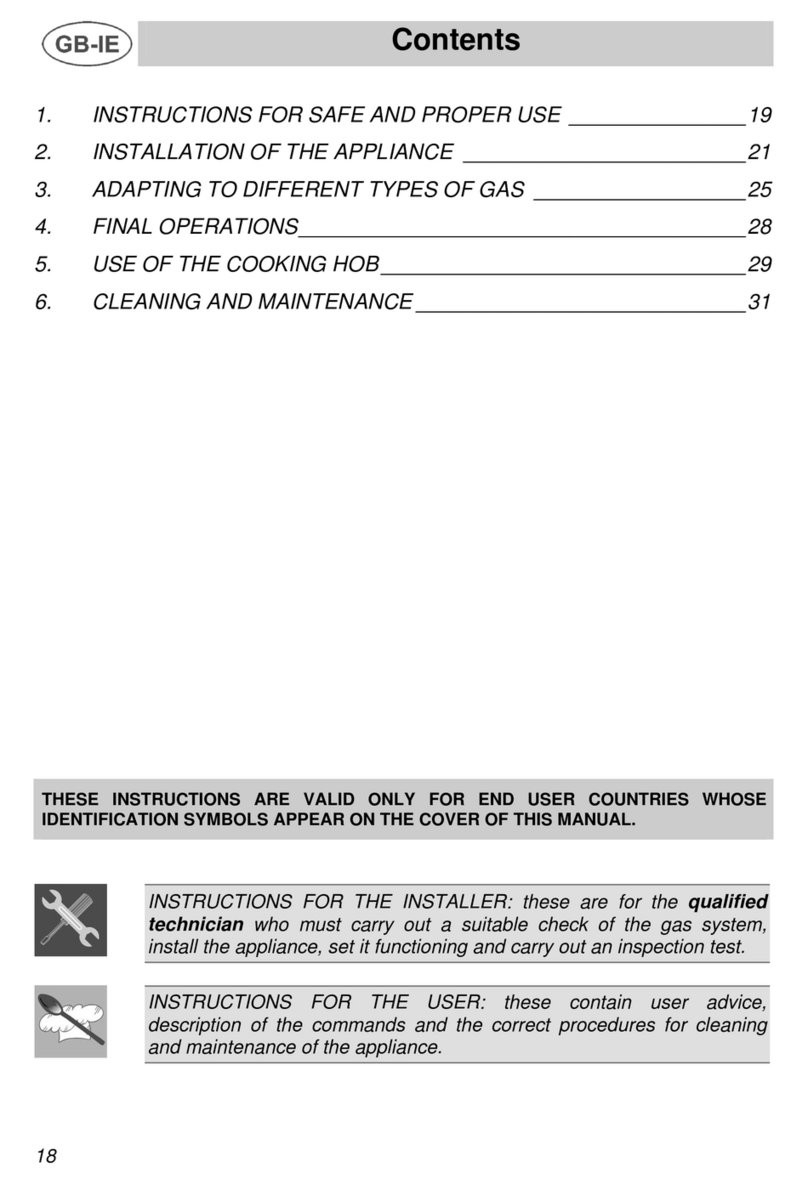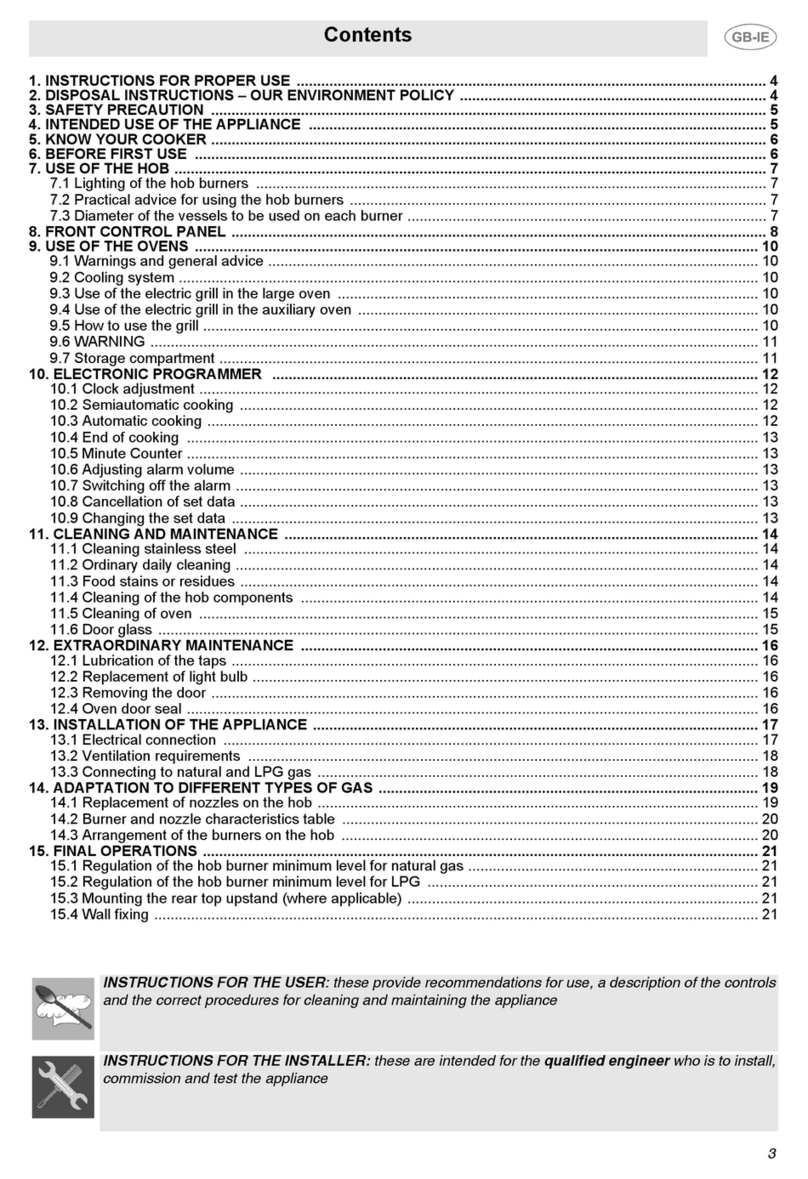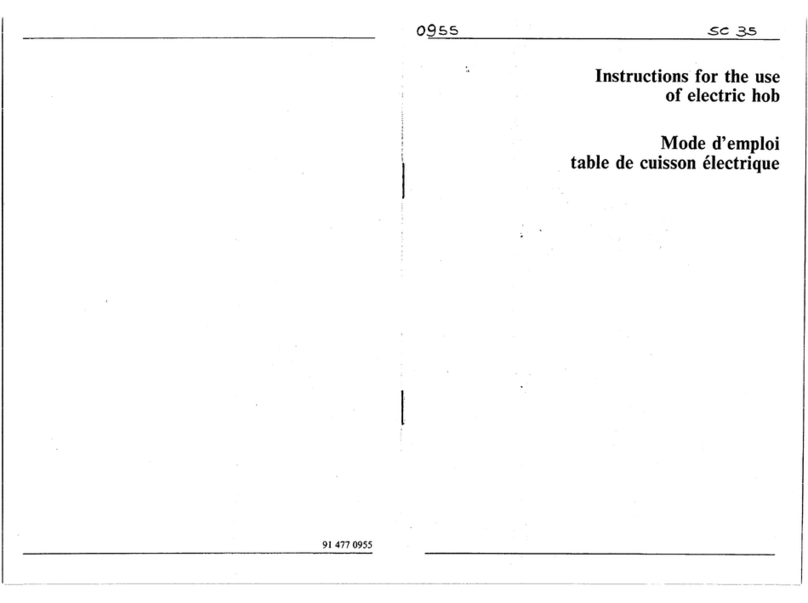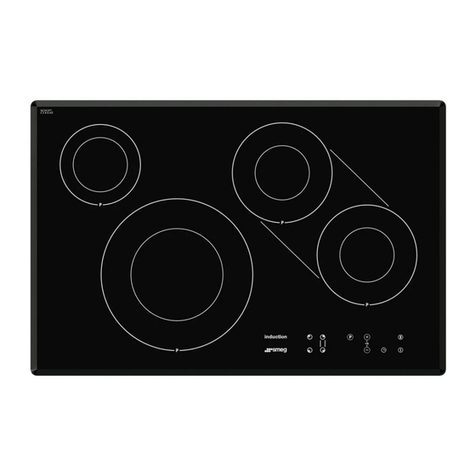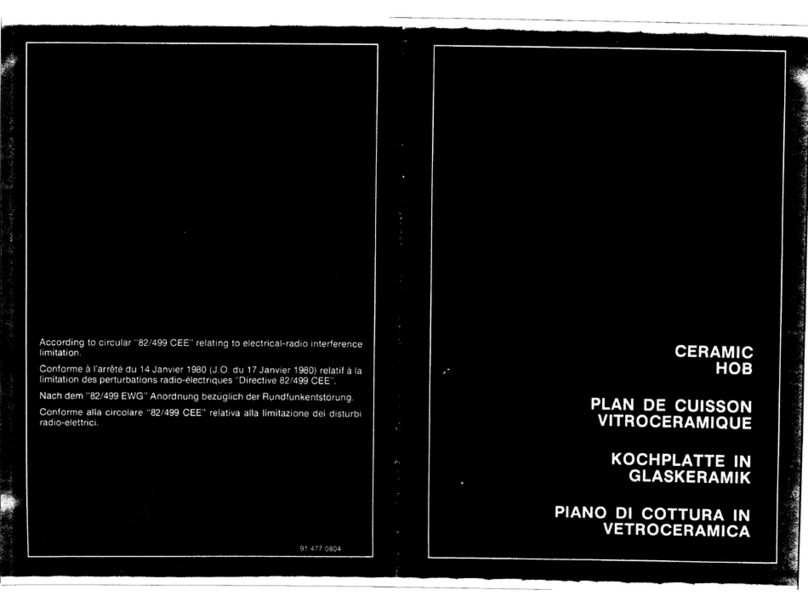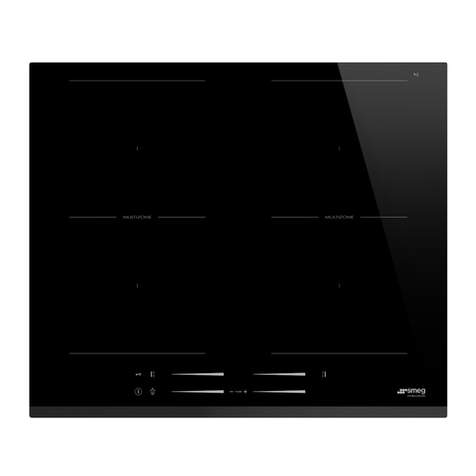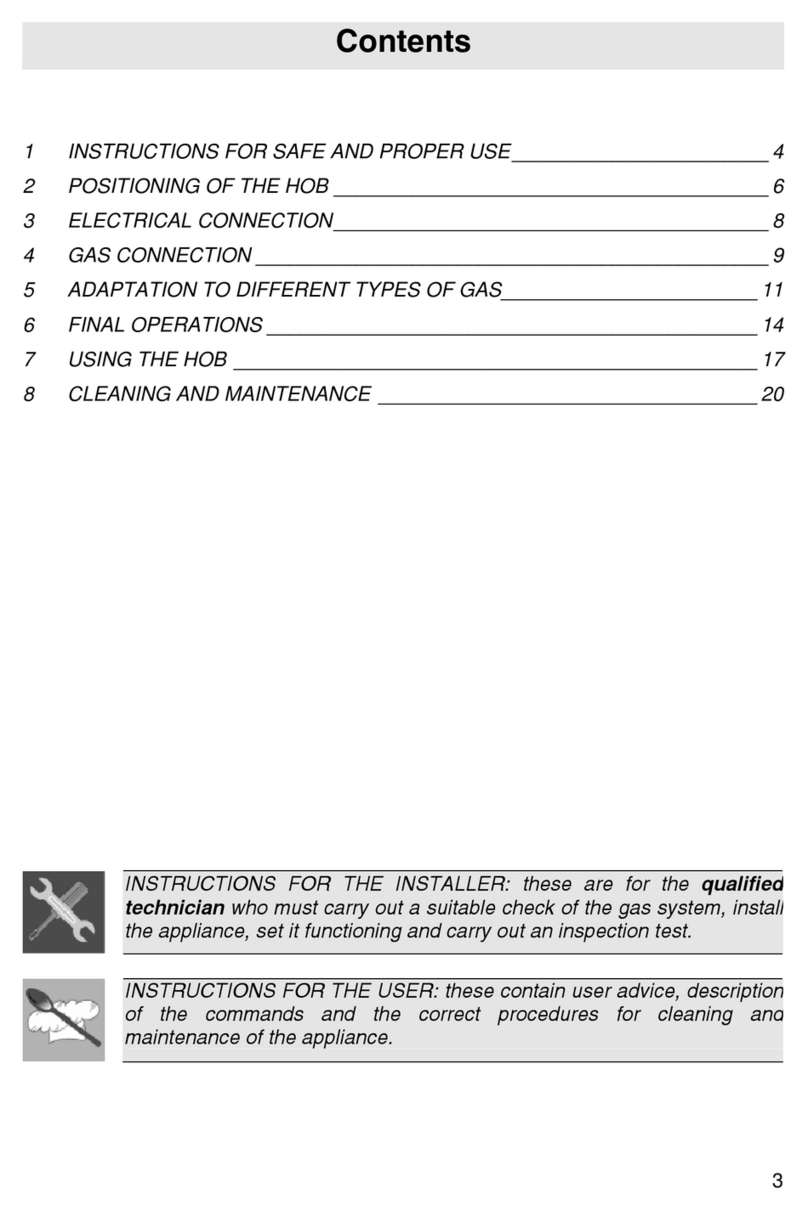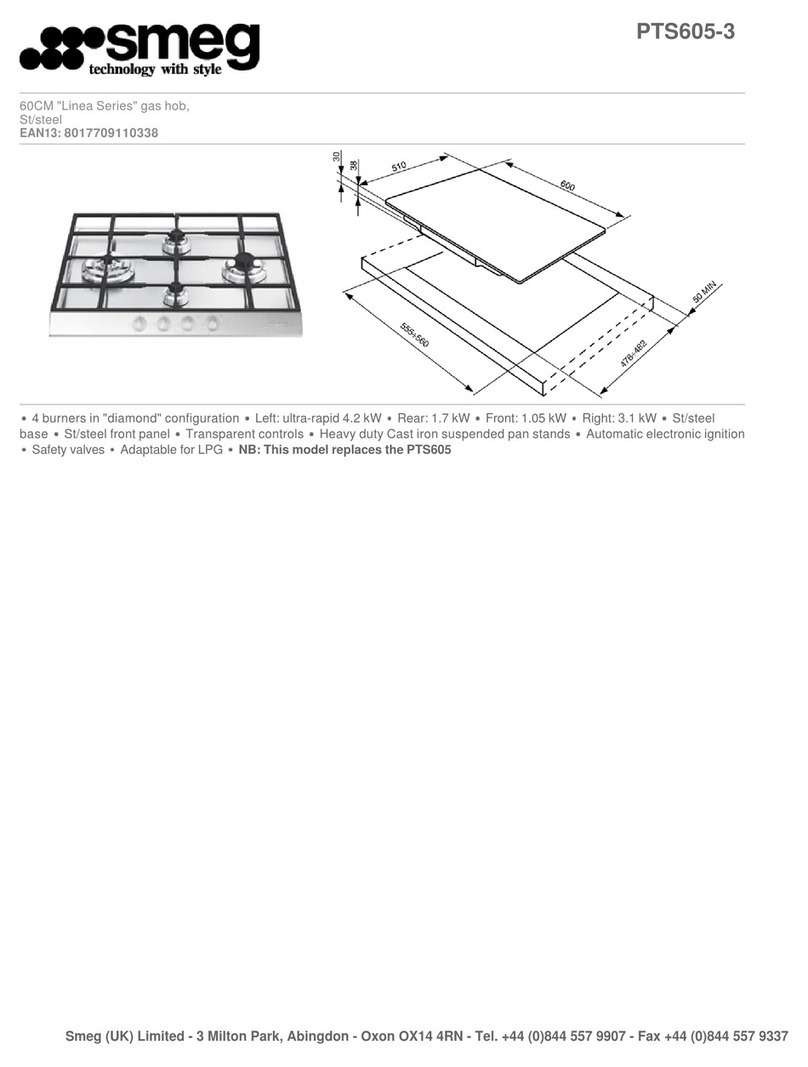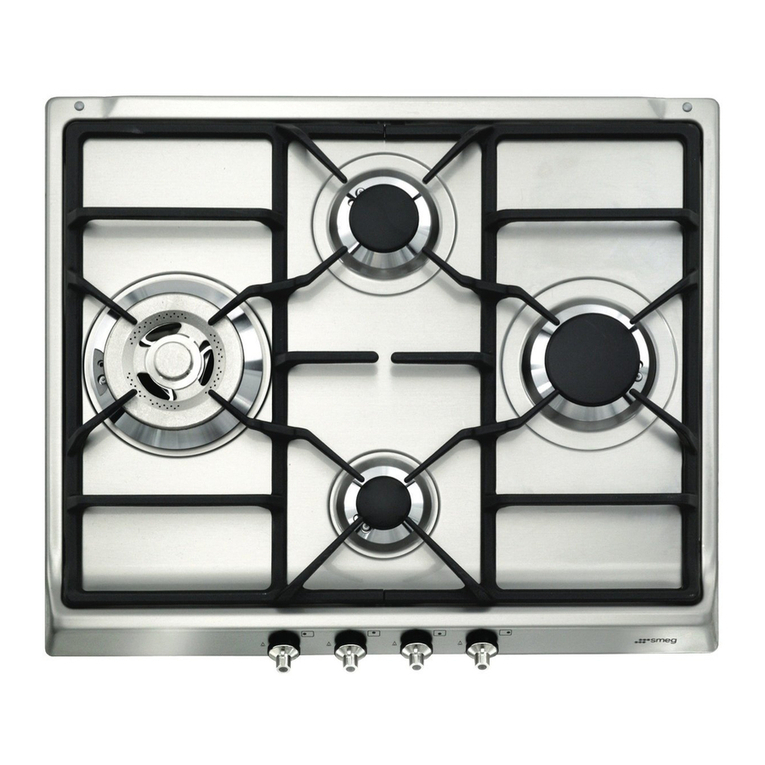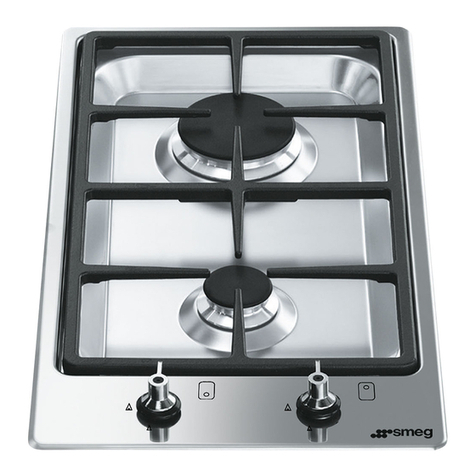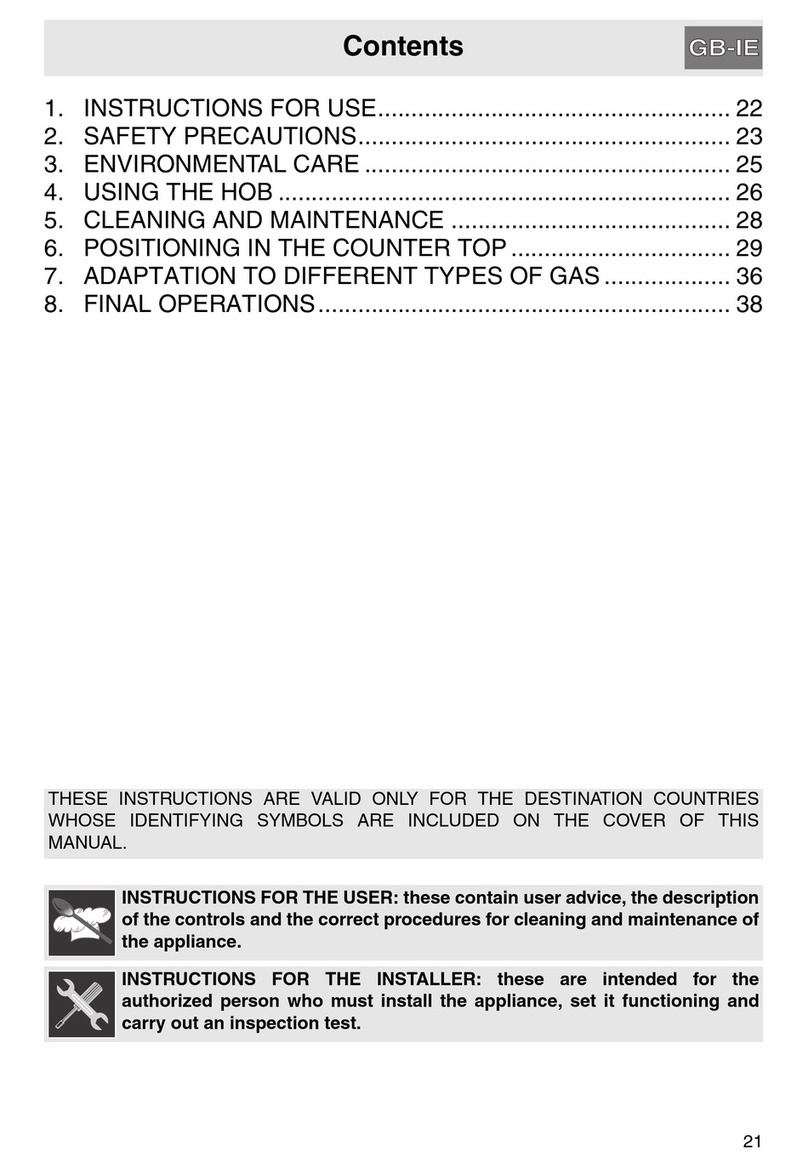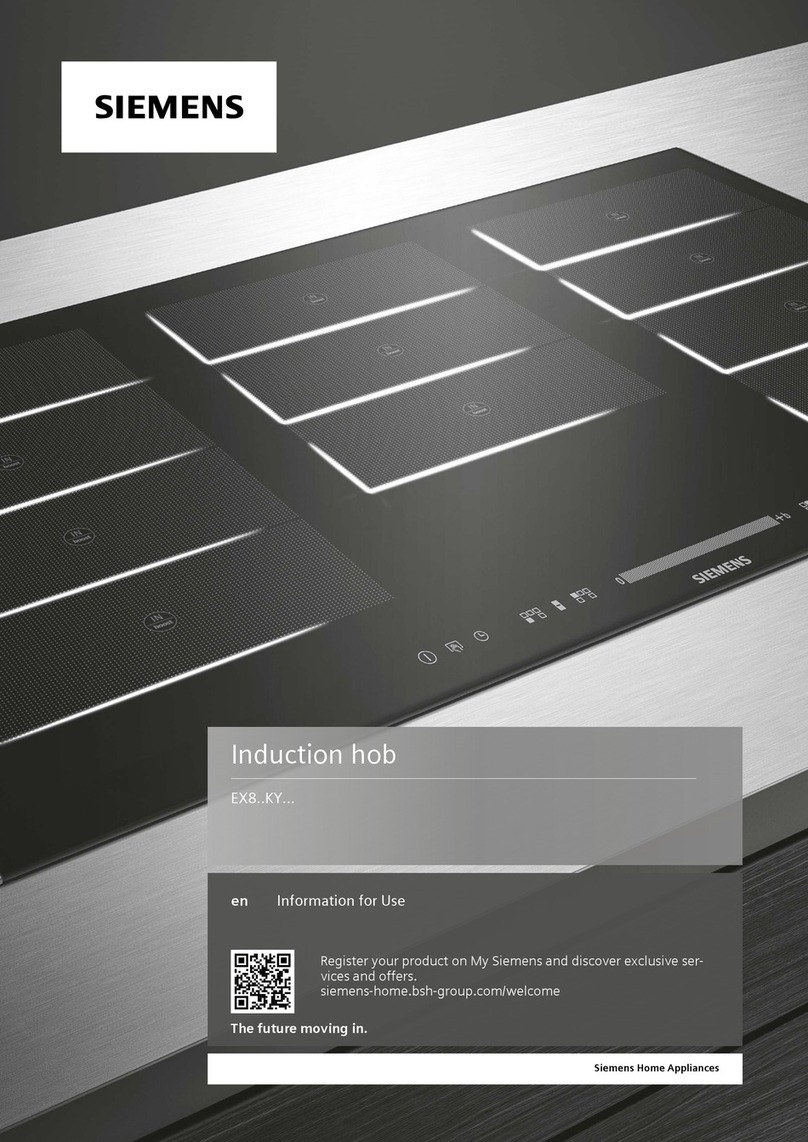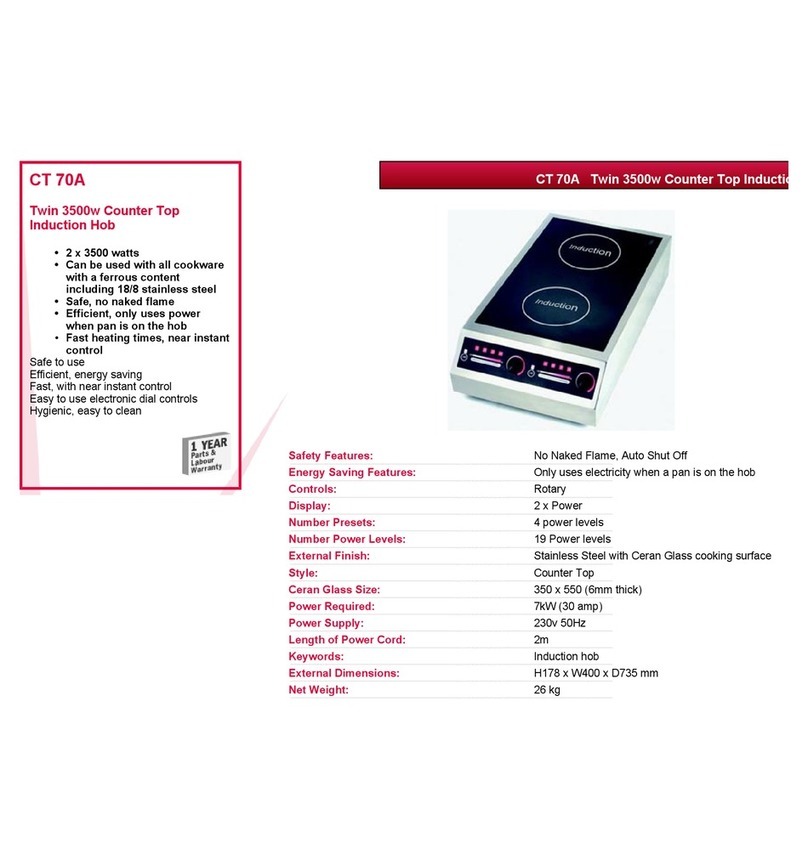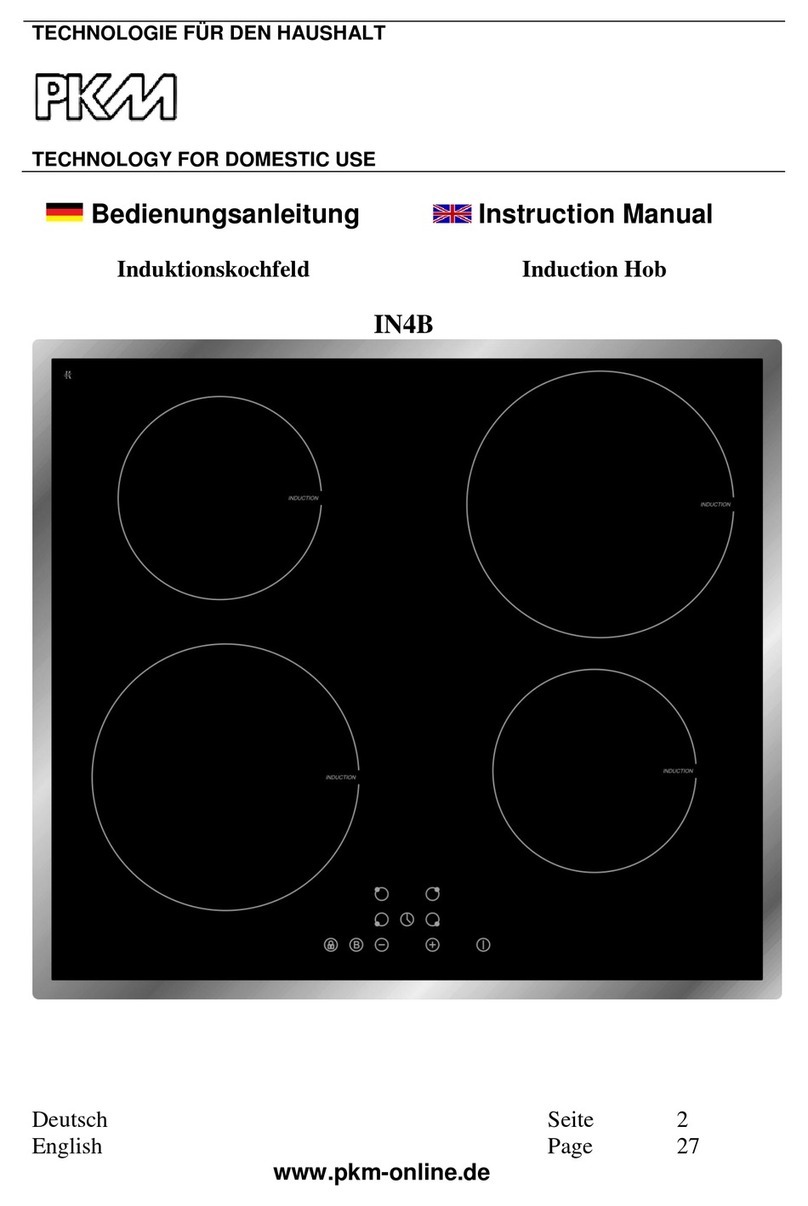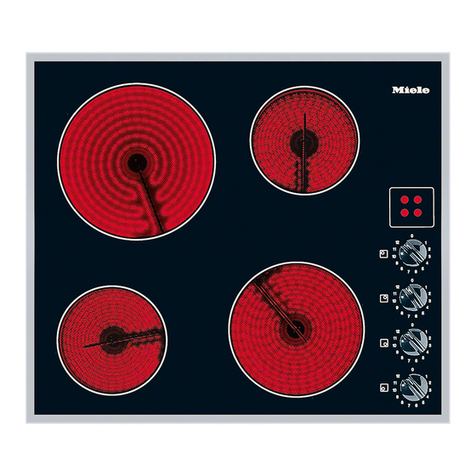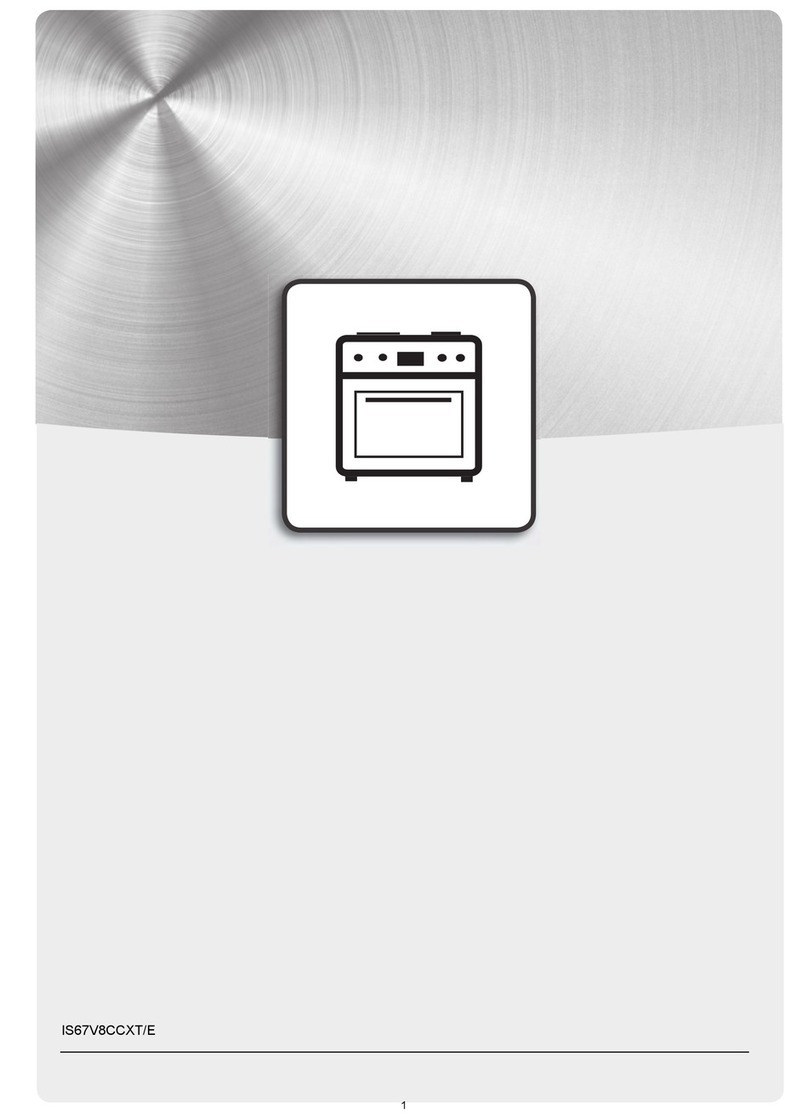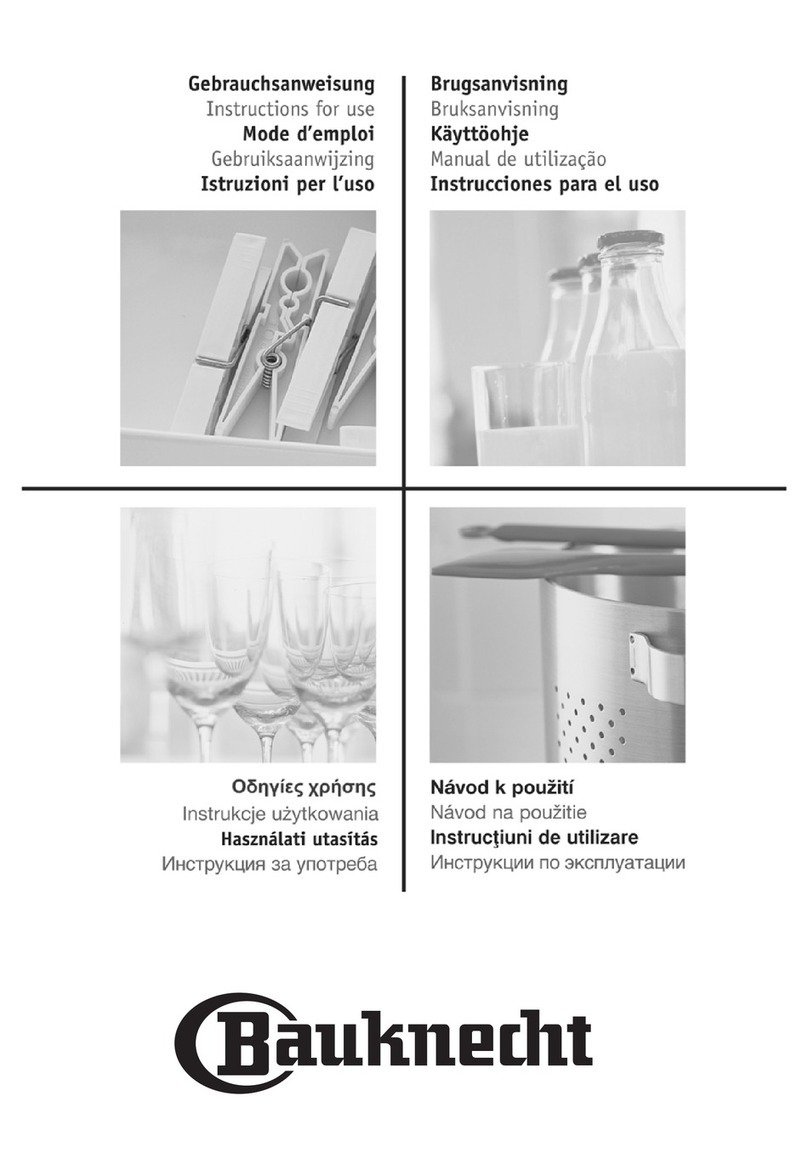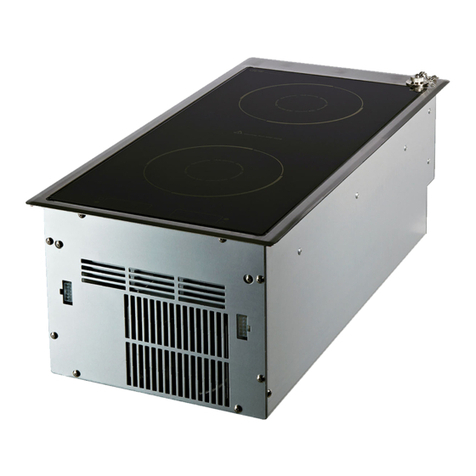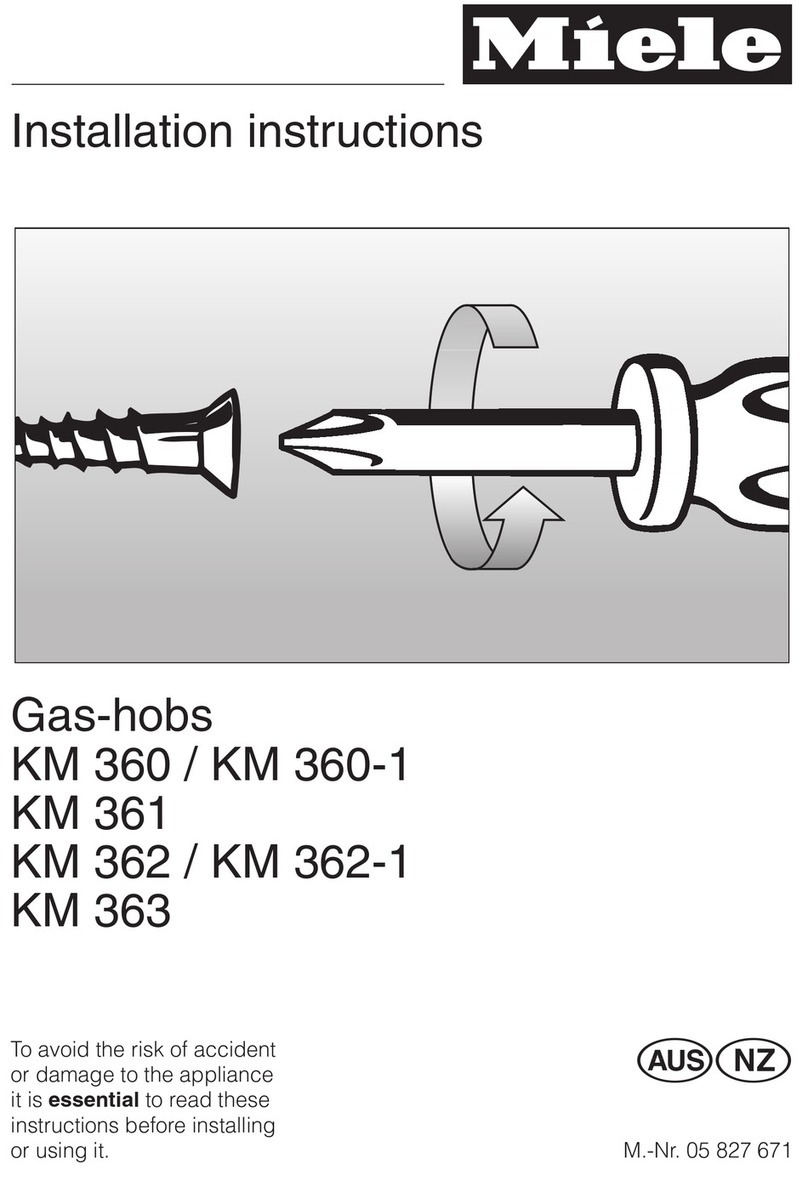
Instructions
29
EN
For this appliance
• If your hob has a cookware detector, do
not rely on it exclusively.
• Remove any traces of liquid from the lid
(if fitted) before opening.
• Let the cooking surface cool down
before closing the lid.
• If cracks or fissures form, or if the glass
ceramic cooking surface breaks, turn off
the appliance immediately. Disconnect
the power supply and call Technical
Support.
• People who have pacemakers or other
similar devices fitted must make sure that
the operation of these devices is not
jeopardised by the inductive field, whose
frequency range is between 20 and 50
kHz.
• In conformity with the provisions
regarding electromagnetic compatibility,
the electromagnetic induction cooking
hob comes under group 2 and class B
(EN 55011).
1.2 Manufacturer liability
The manufacturer declines all liability for
damage to persons or property caused by:
• Use of the appliance other than the one
envisaged;
• Non-observance of the user manual
provisions;
• Tampering with any part of the
appliance;
• Use of non-original spare parts.
1.3 Appliance purpose
• This appliance is intended for cooking
food in the home environment. Every
other use is considered improper.
• This appliance may be used by children
aged at least 8 and by people of
reduced physical and mental capacity,
or lacking in experience in the use of
electrical appliances, as long they are
supervised or instructed by adults who
are responsible for their safety.
• The appliance is not designed to
operate with external timers or with
remote-control systems.
1.4 Disposal
This appliance must be disposed of
separately from other waste
(Directives 2002/95/EC, 2002/
96/EC, 2003/108/EC). The appliance
does not contain substances in quantities
sufficient to be considered hazardous to
health and the environment, in accordance
with current European directives.
To dispose of the appliance:
• Cut the power supply cable and remove
it along with the plug.
Power voltage
Danger of electrocution
• Disconnect the main power supply.
• Disconnect the power cable from the
electrical system.

